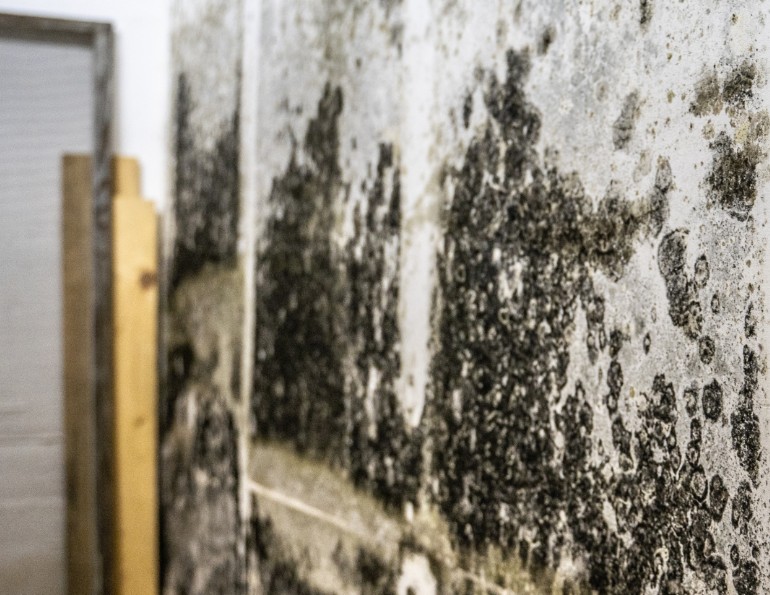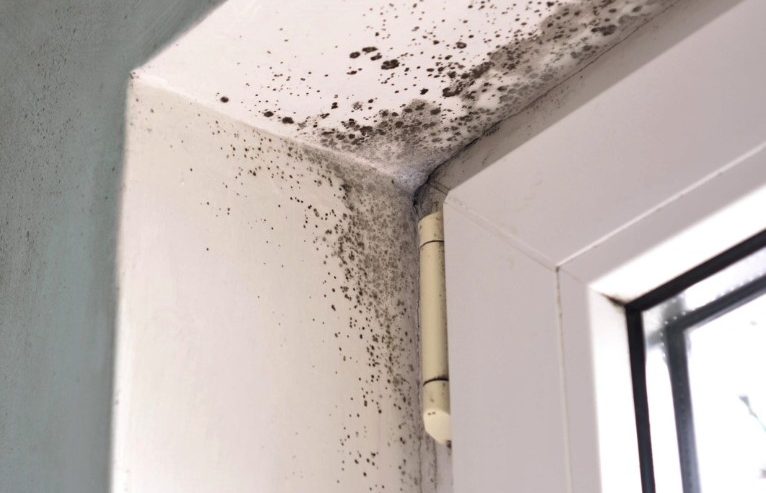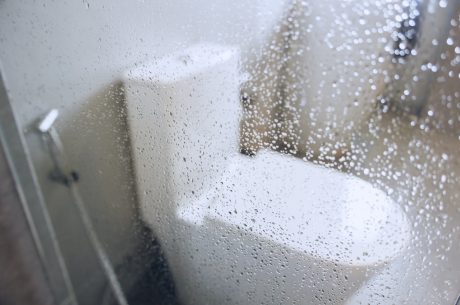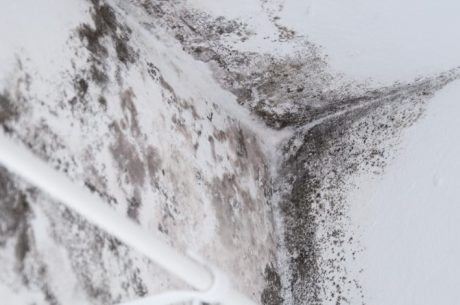Mold is more than just an unsightly blemish on your walls or ceilings. It can pose serious health risks and compromise the structural integrity of your home. Detecting mold growth early and addressing it is crucial for maintaining a safe and healthy living environment.
This article will explore the signs of mold growth, the importance of early detection, and effective strategies for mold remediation and prevention.
Understanding Mold Growth
Mold is a type of fungus that thrives in damp, humid environments. It reproduces by releasing tiny spores into the air, which can settle and grow on various surfaces if conditions are favorable. Common areas where mold is likely to grow include bathrooms, kitchens, basements, and areas that have experienced water damage.
The Health Risks of Mold
Mold exposure can lead to various health issues, particularly for individuals with respiratory conditions, allergies, or weakened immune systems. Symptoms may include coughing, sneezing, skin irritation, and in severe cases, difficulty breathing. Therefore, addressing mold growth promptly is essential for protecting your health and well-being.
Detecting Mold Growth
Detecting mold growth early can prevent it from spreading and causing more extensive damage. Here are some common signs to look out for:
Visible Mold
The most obvious sign of mold is visible growth on surfaces such as walls, ceilings, or floors. Mold can appear in various colors, including black, green, white, or even orange. If you notice any unusual spots or discoloration, it’s important to investigate further.
Musty Odor
A persistent musty smell in your home is often a clear indicator of mold growth. Mold releases volatile organic compounds (VOCs) as it grows, which can produce an unpleasant odor. If you detect a musty smell, especially in areas prone to moisture, it’s time to conduct a thorough inspection.
Water Damage
Mold often follows water damage. If you’ve experienced a flood, leak, or any other form of water intrusion, there’s a high likelihood that mold could develop. Stains, peeling paint, or wallpaper, and warping in walls or ceilings are signs of underlying moisture issues that could lead to mold growth.
Addressing Mold Growth

Once you’ve detected mold, it’s crucial to address it quickly to prevent further spread and damage. Here are steps to effectively remove mold and prevent future occurrences:
Mold Remediation Process
- Assessment and Containment: Begin by assessing the extent of the mold growth. Contain the affected area to prevent mold spores from spreading to other parts of the home. This may involve sealing the area with plastic sheeting and using negative air pressure machines.
- Mold Removal: Depending on the extent of the growth, you may choose to tackle small areas yourself using mold removal products available at most home improvement stores. For larger infestations, hire a professional mold remediation service. They have the expertise and equipment to safely and thoroughly remove mold.
- Cleaning and Disinfection: After removing the mold, clean and disinfect the affected area. Use a mixture of water and detergent to scrub surfaces, and follow up with a disinfectant to kill any remaining spores.
- Repair and Restoration: Address the root cause of the moisture problem to prevent future mold growth. This might involve repairing leaks, improving ventilation, or installing a dehumidifier. Once the source of moisture is under control, repair any damage caused by mold or water, such as replacing drywall or insulation.
Prevention Strategies
Preventing mold growth in the first place is the best strategy. Here are some tips to keep your home mold-free:
- Control Humidity: Keep indoor humidity levels below 60%. Use air conditioners and dehumidifiers, especially in damp areas like basements and bathrooms.
- Ventilation: Ensure proper ventilation in moisture-prone areas. Use exhaust fans in bathrooms and kitchens to remove excess moisture from the air.
- Fix Leaks Promptly: Regularly inspect your home for leaks, especially in roofs, pipes, and around windows. Fix any leaks immediately to prevent water from seeping into walls or floors.
- Regular Inspections: Conduct regular inspections of your home, particularly in areas prone to moisture. Look for signs of mold, water damage, or leaks.
- Use Mold-Resistant Products: Consider using mold-resistant drywall, paint, and insulation in areas susceptible to moisture.
When to Call in the Professionals
While small mold problems can often be handled by homeowners, there are times when professional mold remediation is necessary. Consider calling in the experts if:
- The mold covers an area larger than 10 square feet.
- The mold is in your HVAC system or hard-to-reach places.
- You have health issues that could be exacerbated by mold exposure.
- You’re unsure about the extent of the mold problem.
Professional mold remediation companies have the training, experience, and equipment needed to effectively address large-scale mold issues.
Conclusion
Mold growth can be a serious issue, but with early detection and effective remediation strategies, you can protect your home and health. By understanding the signs of mold, addressing moisture issues, and taking preventive measures, you can keep mold at bay and ensure a safe living environment.
Remember, when in doubt, don’t hesitate to consult with a professional to ensure the problem is resolved thoroughly and safely. If you suspect mold in your home, contact PuroClean of Burlington today for expert mold remediation services. Our experienced team is here to restore your home and provide peace of mind.



